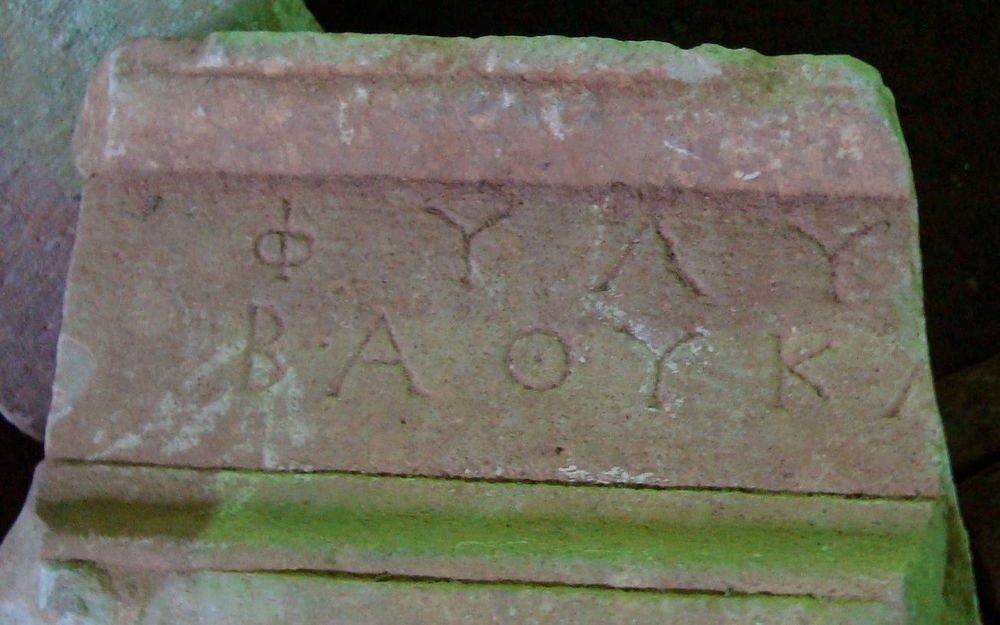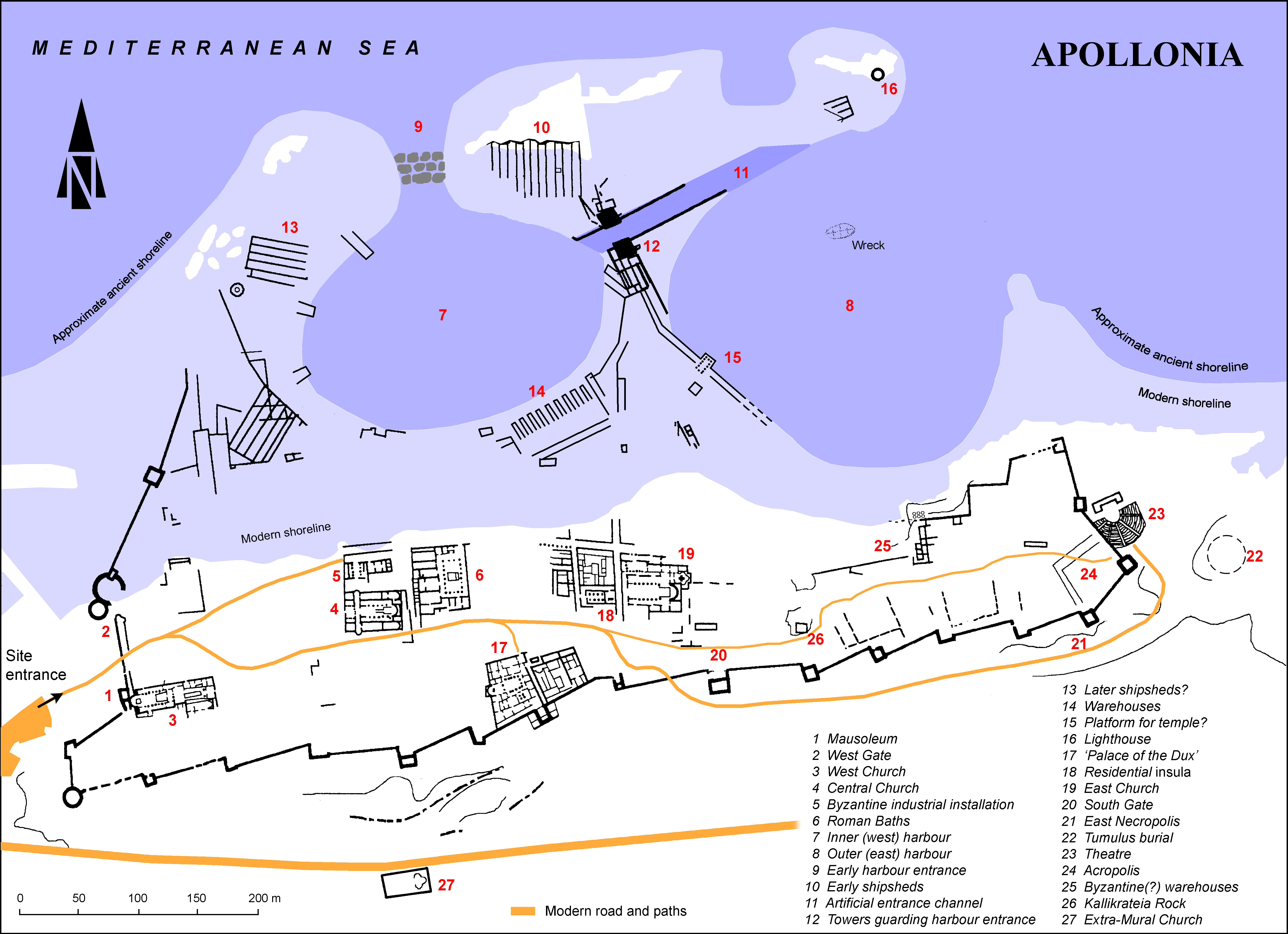EpiDoc XML:
IGCyr0686002
Trismegistos ID:
738356
Source description
Support: White marble base, broken in two adjacent fragments, one of which is now lost (w: 0.68 × h: 0.23 × d: 0.465; left fragment alone: width 0.40).
Layout: Inscribed on the face (inscribed panel, left fragment: width 0.35; height 0.42) with the beginning of lines on the same vertical axis.
Letters: 0.035.
Date: Second half of the fourth century BC (lettering).
Findspot: Found in 1929 probably in the Port of Cyrene, later Apollonia ➚.
Last recorded location: Cyrene Museum, inv. number unknown. Still complete in 1954 when seen by Fr. Chamoux in Shahat: in front of the ancient Sculpture Museum. Still complete in 1961 when seen by L. Beschi in Shahat: in front of the ancient Sculpture Museum. Left part only seen by C. Dobias-Lalou in 2010 in Shahat: inside the new Cyrene Museum.
Text constituted from: Transcription from previous editors and stone (CDL).
Bibliography
Beschi 1970, pp. 197 (with fig. 51), 204 (date of the base); Reynolds 1976, p. 322, n. 66, whence SEG, 27.1150; IGCyr 068600 ➚. Cf. Chamoux 1953, pl. XIII, 1 (photograph); Belzic 2022, catalogue, B.1.
Text
French translation
Phylysia fille de Bathyklès.
English translation
Phylysia daughter of Bathykles.
Italian translation
Phylysia figlia di Bathykles.
Commentary
The base was before World War II in Apollonia Museum (Susah) and came to Shahat only later. So it was presumably from a tomb in the Port of Cyrene. Upon it stood a mourning half-figure (n. 21 of Beschi's catalogue)
According to Masson 1976, p. 62, Φυλυσια should be a Libyan name. But the argument is not very strong and it is possible to propose a Greek origin (see Dobias-Lalou 2017, p. 486).
CC BY-NC-SA 4.0 Deed Attribution-NonCommercial-ShareAlike 4.0 International License.
All citation, reuse or distribution of this work must contain a link back to DOI: https://doi.org/10.60760/unibo/igcyrgvcyr2 and the filename (IGCyr000000 or GVCyr000), as well as the year of consultation.


